Which of the following figure represents the variation of particle momentum and the associated de - Broglie wavelength ?
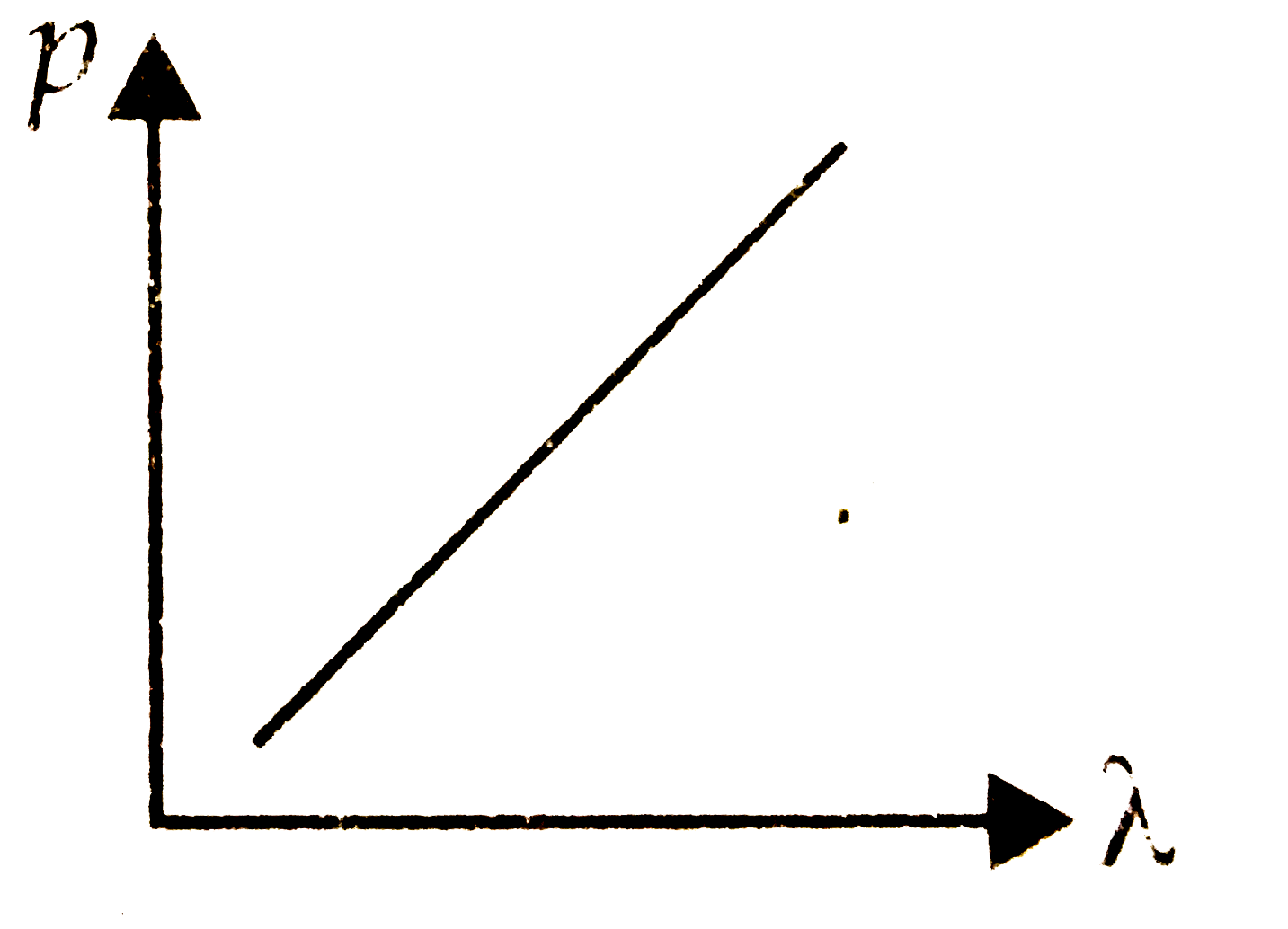
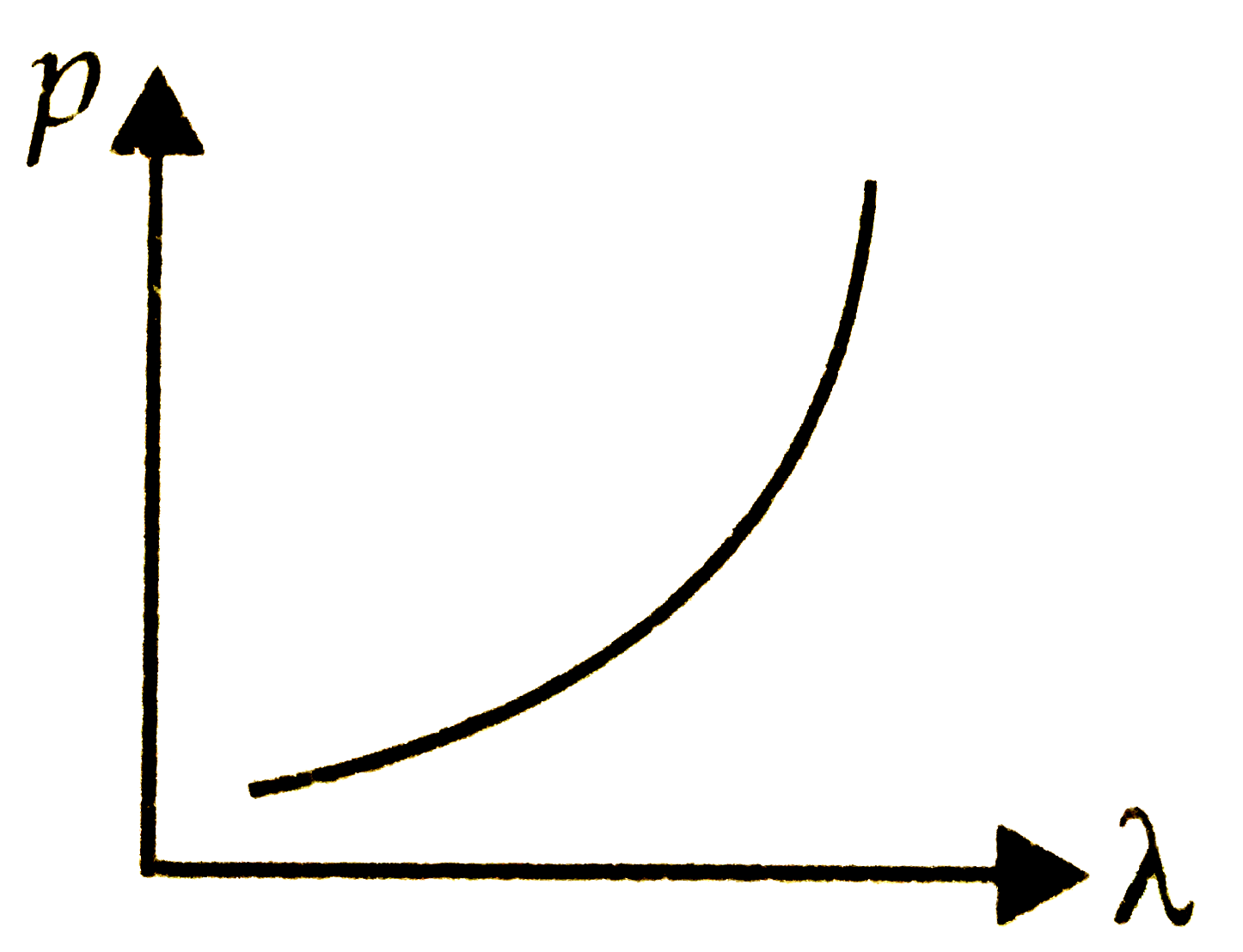
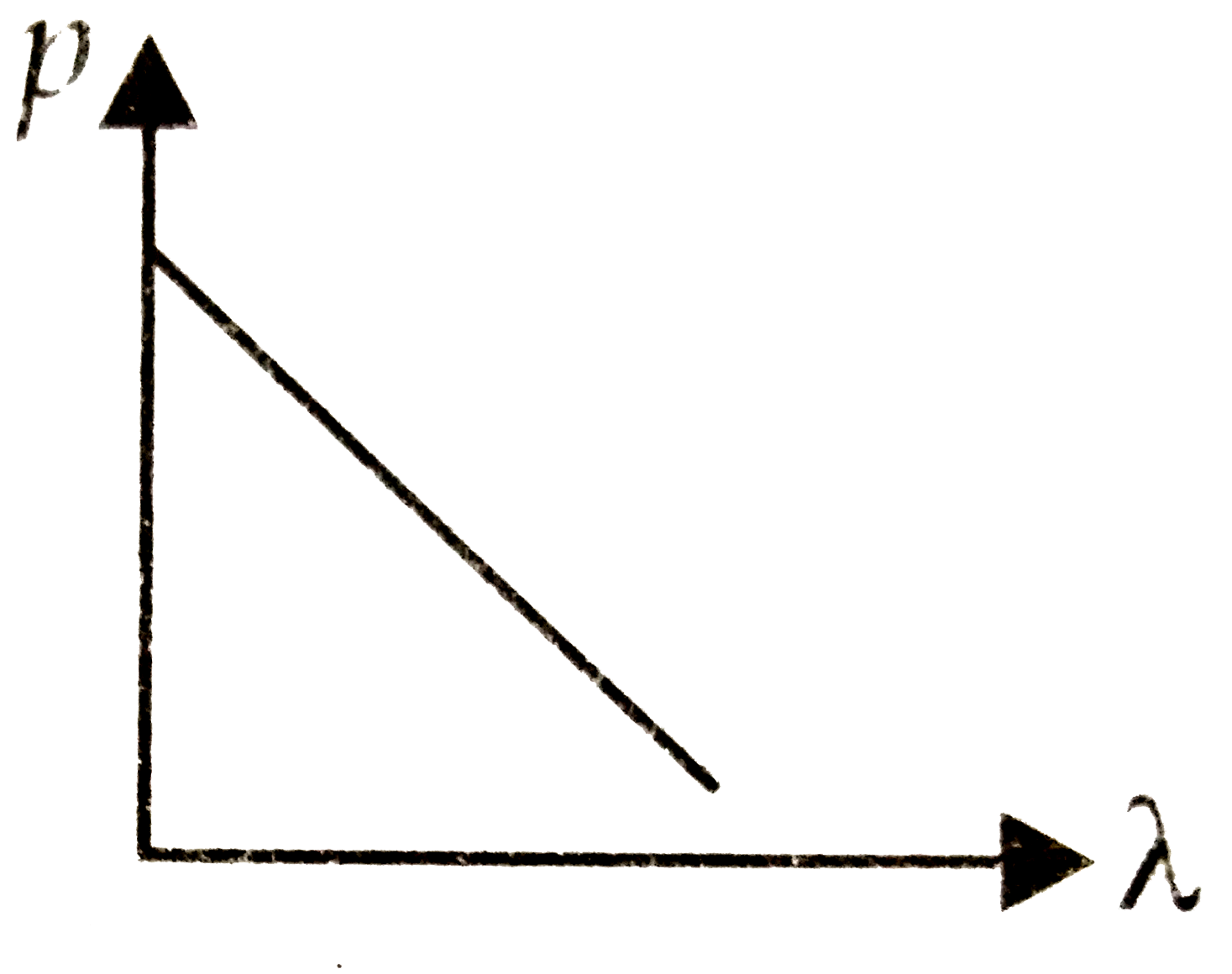
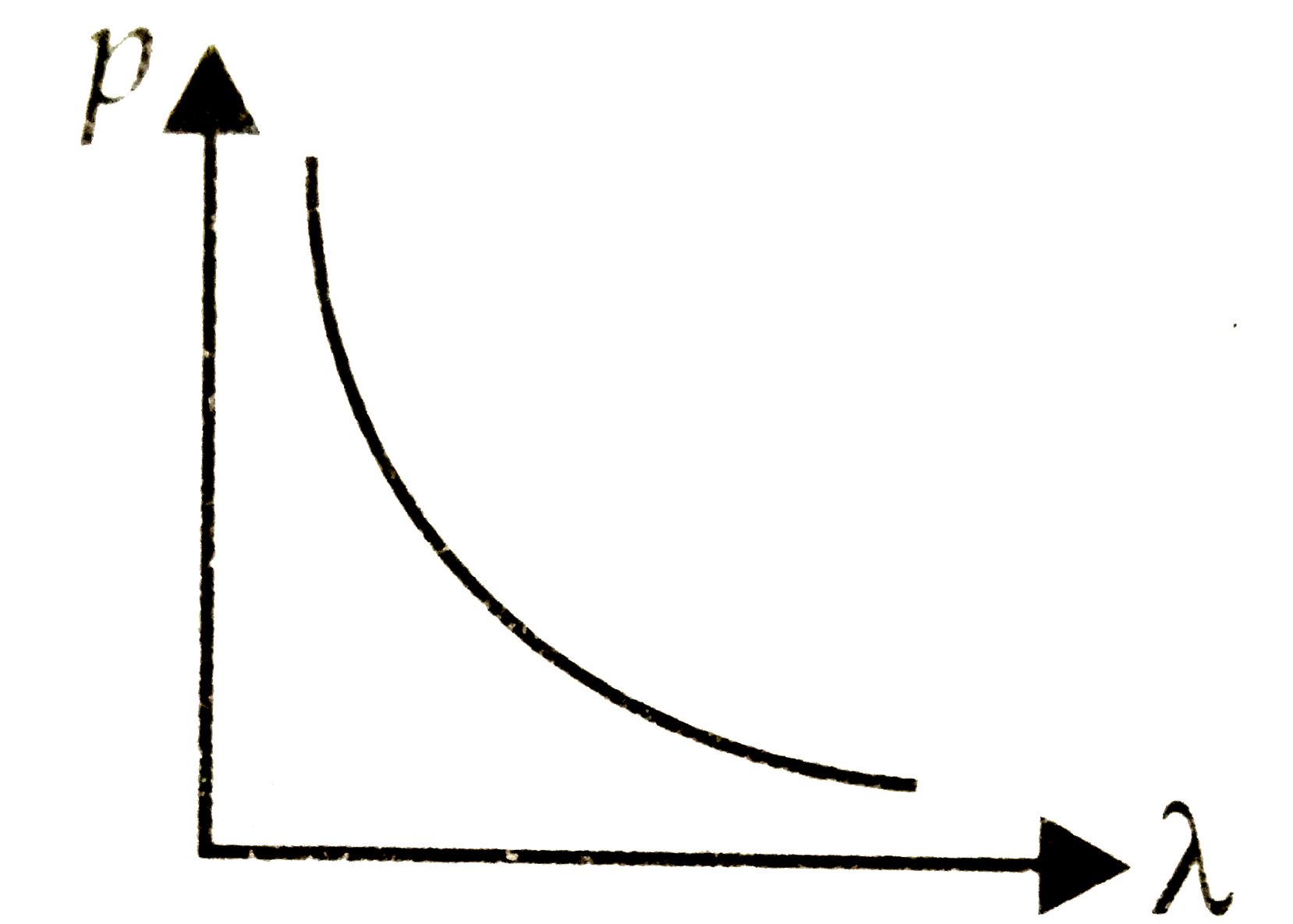
The correct Answer is:D
To solve the problem of determining which figure represents the variation of particle momentum and the associated de Broglie wavelength, we can follow these steps:
1. Understand the Relationship: The de Broglie wavelength (λ) is related to the momentum (p) of a particle by the equation:
λ=hp
where h is Planck's constant.
2. Identify the Inverse Relationship: From the equation, we can see that:
λ∝1p
This means that as momentum (p) increases, the de Broglie wavelength (λ) decreases, and vice versa.
3. Rearrange the Equation: We can also express momentum in terms of wavelength:
p=hλ
This shows that momentum is inversely proportional to the wavelength.
4. Differentiate the Relationship: To analyze the nature of the graph, differentiate the equation p=hλ:
dpdλ=−hλ2
The negative sign indicates that as λ increases, p decreases, which suggests a downward curve.
5. Analyze the Graphs: Now we need to evaluate the provided graphs:
- Graph 1: Linear variation - not possible since the relationship is not linear.
- Graph 2: Curved but λ increases while p also increases - incorrect.
- Graph 3: Linear graph - again not possible.
- Graph 4: Curved graph where λ increases and p decreases - this fits our derived relationship.
6. Conclusion: The fourth graph correctly represents the inverse relationship between particle momentum and the associated de Broglie wavelength.
Final Answer:
The correct figure that represents the variation of particle momentum and the associated de Broglie wavelength is Graph 4.
λ=hp
where h is Planck's constant.
λ∝1p
This means that as momentum (p) increases, the de Broglie wavelength (λ) decreases, and vice versa.
p=hλ
This shows that momentum is inversely proportional to the wavelength.
dpdλ=−hλ2
The negative sign indicates that as λ increases, p decreases, which suggests a downward curve.
- Graph 1: Linear variation - not possible since the relationship is not linear.
- Graph 2: Curved but λ increases while p also increases - incorrect.
- Graph 3: Linear graph - again not possible.
- Graph 4: Curved graph where λ increases and p decreases - this fits our derived relationship.
The correct figure that represents the variation of particle momentum and the associated de Broglie wavelength is Graph 4.
Topper's Solved these Questions
- DUAL NATURE OF RADIATION AND MATTER BOOK - NCERT FINGERTPS ENGLISHCHAPTER - DUAL NATURE OF RADIATION AND MATTER EXERCISE - DAVISSON AND GERMER EXPERIMENT
3 Videos
- DUAL NATURE OF RADIATION AND MATTER BOOK - NCERT FINGERTPS ENGLISHCHAPTER - DUAL NATURE OF RADIATION AND MATTER EXERCISE - HIGHER ORDER THINKING SKILLS
8 Videos
- DUAL NATURE OF RADIATION AND MATTER BOOK - NCERT FINGERTPS ENGLISHCHAPTER - DUAL NATURE OF RADIATION AND MATTER EXERCISE - PARTICLE NATURE OF LIGHT : THE PHOTON
19 Videos
- CURRENT ELECTRICITYBOOK - NCERT FINGERTPS ENGLISHCHAPTER - CURRENT ELECTRICITYEXERCISE - Assertion And Reason
15 Videos
- ELECTRIC CHARGES AND FIELDSBOOK - NCERT FINGERTPS ENGLISHCHAPTER - ELECTRIC CHARGES AND FIELDSEXERCISE - Assertion And Reason
15 Videos
Similar Questions
Knowledge Check
The de Broglie wavelength is given by
Ap=2πhλBp=h2λCp=2πhλDp=2πλWhich one of the following graphs in following figure represents variation of de Broglie wavelength (λ) of a particle having linear
A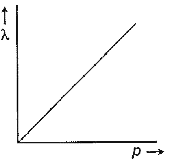 B
B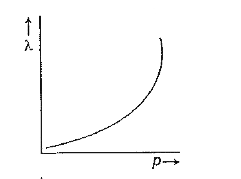 C
C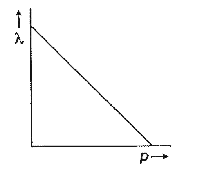 D
D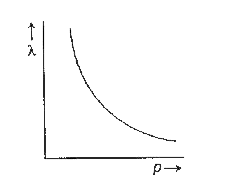
For what kinetic energy of a proton, will the associated de-Broglie wavelength be 16.5 nm?
View SolutionIf the kinetic energy of a moving particle is E , then the de-Broglie wavelength is
View SolutionVeriation of momentum of perticle (p) with associated de-Broglie wavelength (λ) is shown correctly by
View SolutionIn which of the following cases the heavier of the two particles has a smaller de-Broglie wavelength ? The two particles
View SolutionIn which of the following cases the havier of the two particles has a smaller de-Broglie wavelength ? The two particles
View SolutionFor particles having same K.E., the de-Broglie wavelength is
View Solution
